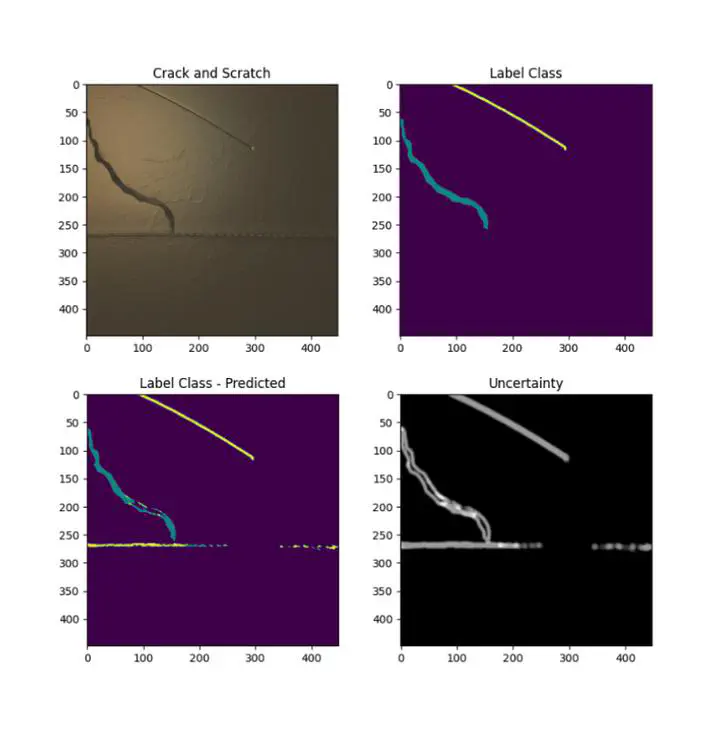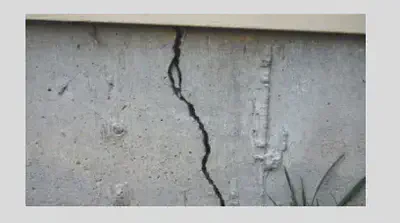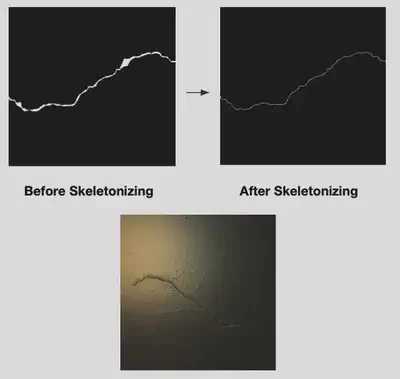Vertically Integrated Projects (Data Sciences for Smart Cities)

VIP Data Science for Smart Cities
- Advisor: Professor Jahanshahi
- The Data Science for Smart Cities project aims to conduct interdisciplinary research to develop data analytics tools using robotics and autonomous sensing for condition assessment of urban systems.
Research Motivation and Approach

- Ensure public safety.
- Prevent further damages.
Approach
- Use a 3D program (Houdini) to create a dataset.
- Apply a semantic segmentation network to detect cracks and scratches.
Why 3D Program
- Can generate a large amount of data easily.
- Problem: Cracks and scratches may look similar from certain angles due to lighting.
- Can be distinguished with different viewpoints.
Contribution
Generated 56 datasets, each with 308 images, of cracks and scratches using Houdini.
- Applied skeletonization to the binary crack images.

Figure 2: Skeletonization - Manually drew realistic scratches.
- Generated a 3D wall with cracks and scratches.
- Rendering the 3D scene and captured 308 images using camera movement.
- Applied skeletonization to the binary crack images.
Implemented a semantic segmentation neural network to detect cracks and scratches.
- Extracted the crack mask and scratch mask.
- Multiclass Semantic Segmentation Network.
- Labeled each dataset
- 0: Background
- 1: Crack
- 2: Scratch
- Labeled each dataset
- Training
- Model: U-Net (Transfer Learning)
- Loss Function: Cross Entropy Loss
- Optimizer: Adam
- Learning Rate: 0.0001
- Epochs: 20
- Evaluation
- Uncertainty Quantification

Figure 3: Evaluation 
Figure 4: Uncertainty
- Uncertainty Quantification